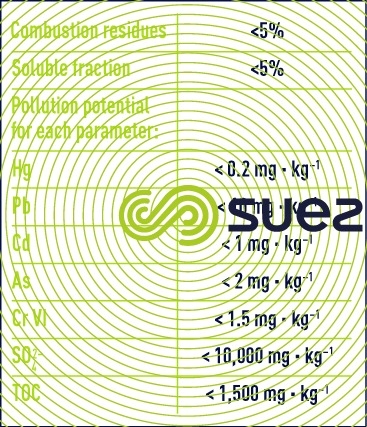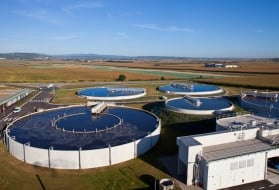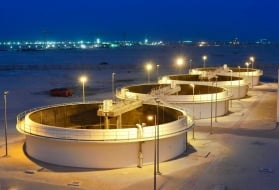processing cleaning waste
Reading time:When a truck deposits its load into a tank, there will be roughly the same amount of liquor as pulp; this liquor is extra to the water used to wash out the container.
The liquor and the pulp are fed to the separation phase either by gravity or by a grab dredge.



A rotary screen is used to separate bulky waste from grit which, like bar-screening waste, can be drained and then fed into a household waste treatment system. Dirty water that is not held back by the rotary screen consists of a mixture of water, grit, mineral and organic matter. This matter is processed through a hydrocyclone and then a dewaterer or, more simply, through a grit classifier. We then obtain washed grit and water containing organic and mineral matter that is returned to the plant’s inlet.
This system guarantees that the washed grit will contain less than 10% of OM. A second hydrocyclone will ensure an OM content of less than 5%.
We recommend storing the grit out in the open. This will ensure that the organic matter degrades naturally, typically decreasing from 5% to 2% in 2 months, and the heap will find back a normal sand colour.
Recommended minimum duration is 1 to 2 months.
However, we recommend the use of a concreted storage area incorporating channels for recovering drips and lixiviates thus preventing these from coming into contact with the natural terrain. Drips and lixiviates are returned to the plant inlet.
Bookmark tool
Click on the bookmark tool, highlight the last read paragraph to continue your reading later














